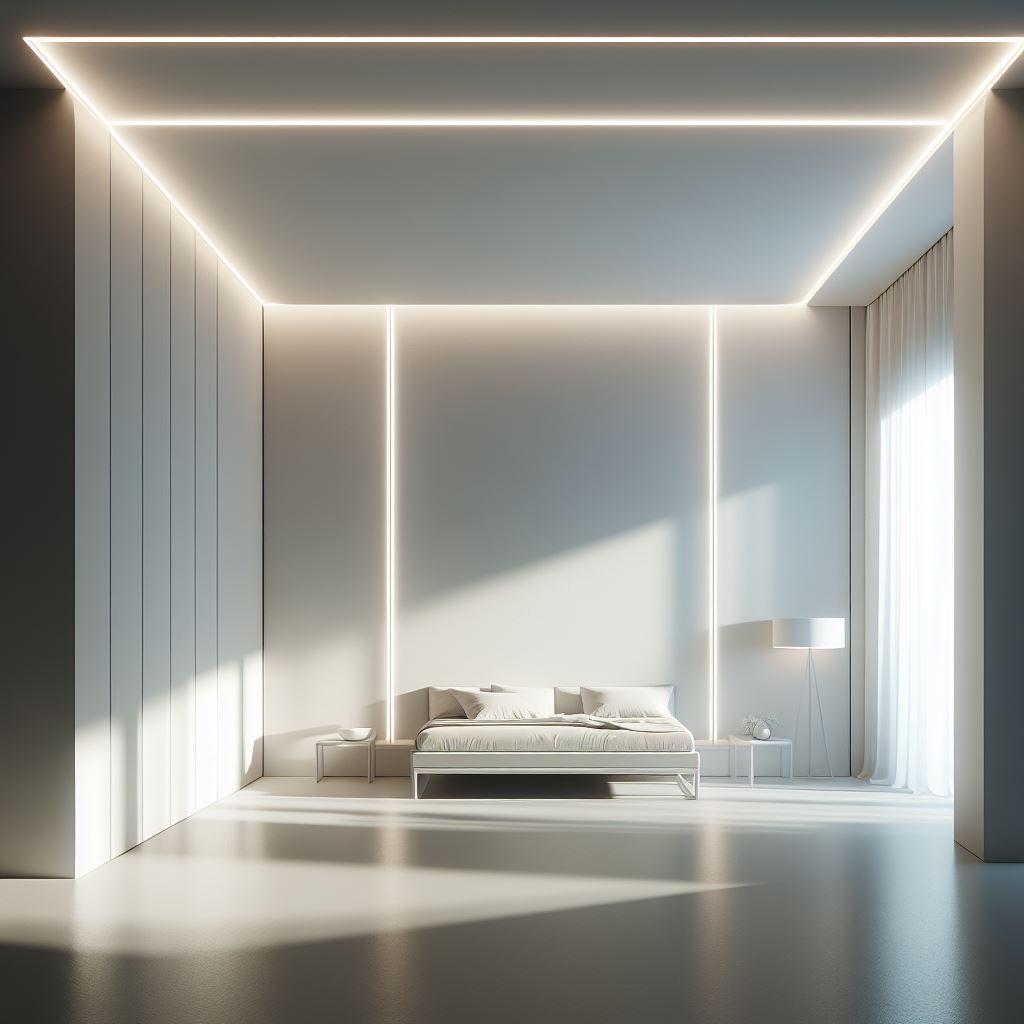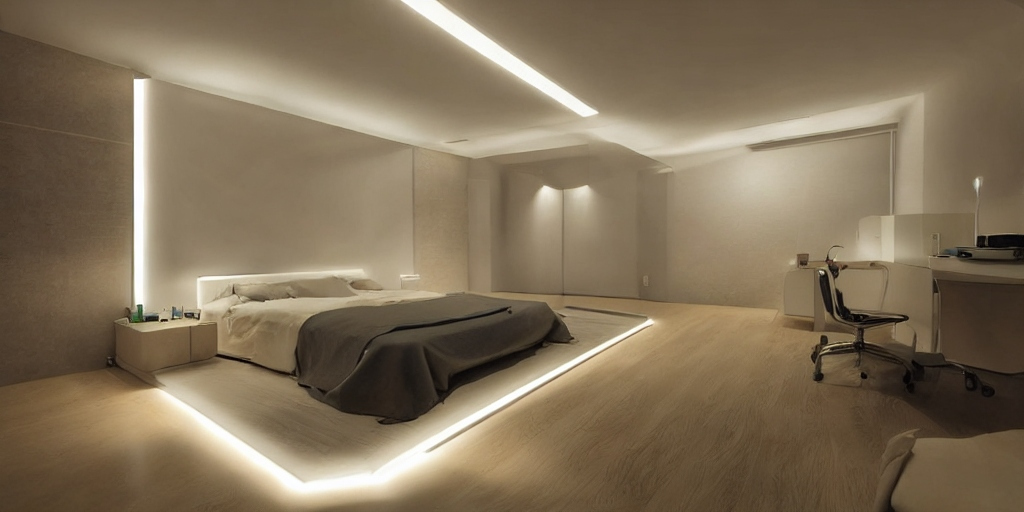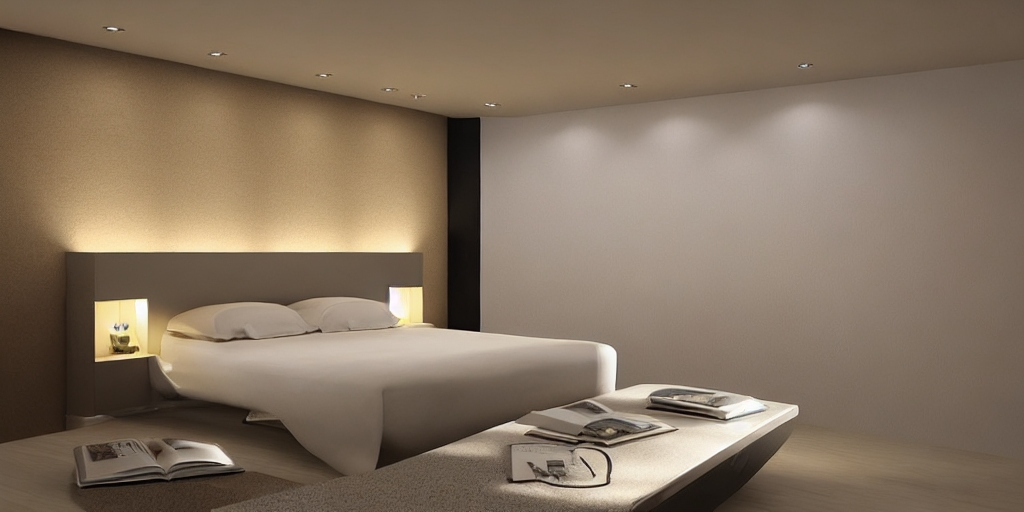The Role of MLCC in LED Lighting

LED (Light-Emitting Diode) lighting has revolutionized the lighting industry with its energy efficiency and long lifespan. Behind the scenes, Multilayer Ceramic Capacitors (MLCCs) play a crucial role in ensuring the optimal performance and reliability of LED light fixtures. Let’s delve into the important role that MLCCs play in LED lighting applications.

The Role of MLCC for LED Lighting
1. Voltage Regulation: MLCCs help stabilize the voltage in LED lighting circuits, ensuring that the LEDs receive a consistent and reliable voltage supply. This is critical for maintaining the brightness and color consistency of the LEDs over time.
2. Filtering and Decoupling: MLCCs are used for filtering and decoupling purposes in LED lighting circuits. They help reduce electromagnetic interference (EMI) and ensure smooth operation of the LEDs, especially in environments with high electrical noise.
3. Compact Design: MLCCs are known for their compact size, which is advantageous in LED lighting fixtures where space is limited. Their small size allows for greater flexibility in the design and layout of LED light fixtures.
4. Reliability: MLCCs are highly reliable components with a long lifespan, making them ideal for use in LED lights that are designed to last for many years. Their high reliability ensures that LED light fixtures operate smoothly and efficiently over time.
5. Temperature Stability: MLCCs offer good temperature stability, which is important for LED lights that may be used in a variety of environments. They can withstand high temperatures without sacrificing performance, ensuring the longevity of LED light fixtures.
6. Energy Efficiency: MLCCs contribute to the energy efficiency of LED lights by ensuring that power is used efficiently and effectively. Their use helps improve the overall energy efficiency of LED lighting systems.
7. Cost-Effectiveness: MLCCs are cost-effective components, making them a popular choice for use in LED lighting applications. Their affordability makes them accessible for a wide range of LED lighting products.
MLCC Selection Guide for LED Lighting
Selecting the right Multilayer Ceramic Capacitors (MLCCs) for LED lighting applications is crucial to ensure optimal performance, reliability, and longevity of the lighting fixtures. Here are some key tips and considerations to keep in mind when selecting MLCCs for LED lighting:
1. Capacitance and Voltage Ratings: Choose MLCCs with capacitance and voltage ratings that meet the requirements of the LED lighting circuit. The capacitance rating determines the amount of charge the capacitor can store, while the voltage rating specifies the maximum voltage the capacitor can handle.
2. Temperature and Environmental Considerations: Consider the operating temperature range and environmental conditions of the LED lighting fixture. Select MLCCs that can withstand the expected temperature range and environmental factors to ensure reliable performance.
3. Size and Package Type: MLCCs are available in various sizes and package types. Choose MLCCs that fit the space constraints of the LED lighting fixture while ensuring that they meet the required capacitance and voltage ratings.
4. EMI Filtering Requirements: If EMI filtering is required in the LED lighting circuit, select MLCCs with suitable EMI filtering capabilities. MLCCs with higher capacitance values are typically more effective at filtering out EMI.
5. Reliability and Lifetime Expectancy: Choose MLCCs from reputable manufacturers known for their reliability and quality. MLCCs with a long lifetime expectancy are preferred for LED lighting applications to minimize maintenance and replacement costs.
6. Cost Considerations: Consider the cost of MLCCs, keeping in mind that higher capacitance values, voltage ratings, and special features (such as EMI filtering) may increase the cost. Balance cost considerations with the performance and reliability requirements of the LED lighting fixture.
7. Compatibility with LED Driver Circuits: Ensure that the selected MLCCs are compatible with the LED driver circuits used in the lighting fixture. Compatibility issues can lead to performance issues and premature failure of the MLCCs.

Common MLCC Applications in LED Lighting
Multilayer Ceramic Capacitors (MLCCs) are versatile components that find widespread use in LED (Light-Emitting Diode) lighting applications. Their compact size, high capacitance values, and reliability make them ideal for various functions within LED lighting fixtures. Here are some common applications of MLCCs in LED lighting:
1. Voltage Regulation: MLCCs are used to stabilize the voltage in LED lighting circuits, ensuring that the LEDs receive a consistent and reliable voltage supply. This helps maintain the brightness and color consistency of the LEDs.
2. Filtering and Decoupling: MLCCs are employed for filtering and decoupling purposes in LED lighting circuits. They help reduce electromagnetic interference (EMI) and ensure smooth operation of the LEDs, especially in environments with high electrical noise.
3. Bypass Capacitors: MLCCs serve as bypass capacitors in LED lighting circuits, providing a low-impedance path for high-frequency signals. This helps improve the efficiency and reliability of the LED lighting system.
4. Energy Storage: MLCCs can store energy and release it when needed, helping to stabilize the power supply in LED lighting fixtures. This is particularly useful in applications where the power supply may fluctuate.
5. Timing Circuits: MLCCs are used in timing circuits in LED lighting fixtures, helping to regulate the timing of various functions such as dimming and flashing.
6. Temperature Compensation: MLCCs with temperature-sensitive capacitance characteristics can be used in LED lighting circuits to compensate for changes in temperature, ensuring stable performance over a wide temperature range.
7. Surge Protection: MLCCs can provide surge protection in LED lighting circuits, helping to protect the LEDs from damage due to power surges.
MLCC Reliability and Lifetime Considerations in LED Lighting
Multilayer Ceramic Capacitors (MLCCs) are essential components in LED (Light-Emitting Diode) lighting applications, providing crucial functions such as voltage regulation, filtering, and decoupling. The reliability and lifetime expectancy of MLCCs are critical factors to consider in LED lighting design. Here’s why:
1. Lifespan: MLCCs have a finite lifespan, typically measured in hours of operation. Manufacturers provide lifetime expectancy ratings based on operating conditions such as temperature, voltage, and frequency of use. It’s important to select MLCCs with a lifespan that meets the expected lifetime of the LED lighting fixture.
2. Temperature Stability: MLCCs are sensitive to temperature variations. Operating MLCCs within their specified temperature range ensures optimal performance and longevity. Excessive temperatures can cause MLCCs to degrade prematurely, leading to failure.
3. Voltage Rating: MLCCs have a maximum voltage rating that should not be exceeded. Operating MLCCs above their voltage rating can cause them to fail catastrophically. It’s crucial to select MLCCs with a voltage rating that exceeds the maximum voltage expected in the LED lighting circuit.
4. Environmental Factors: Environmental factors such as humidity, dust, and vibration can affect the reliability of MLCCs in LED lighting fixtures. It’s important to consider these factors and select MLCCs that are rated for the specific environmental conditions of the installation.
5. Quality and Manufacturing: The quality of MLCCs can vary between manufacturers. It’s important to source MLCCs from reputable manufacturers known for their quality and reliability. Proper manufacturing techniques and quality control measures are essential for ensuring the reliability of MLCCs.
6. Failure Modes: MLCCs can fail due to various factors, including overvoltage, thermal stress, mechanical stress, and manufacturing defects. Understanding the potential failure modes of MLCCs can help design LED lighting systems that minimize the risk of failure.
MLCCs vs. Other Capacitor Technologies in LED Lighting
When it comes to LED (Light-Emitting Diode) lighting applications, choosing the right capacitor technology is crucial for optimal performance and reliability. Multilayer Ceramic Capacitors (MLCCs) are commonly used in LED lighting circuits, but they are not the only option. Let’s compare MLCCs with other capacitor technologies commonly used in LED lighting:
1. MLCCs:
Advantages: MLCCs are compact, have high capacitance values, and offer good temperature stability. They are also cost-effective and suitable for a wide range of LED lighting applications.
Disadvantages: MLCCs can be sensitive to voltage spikes and may experience piezoelectric effects, which can lead to microphonic noise in sensitive circuits.
2. Aluminum Electrolytic Capacitors:
Advantages: Aluminum electrolytic capacitors have high capacitance values and are suitable for high-voltage applications. They are also relatively inexpensive.
Disadvantages: Aluminum electrolytic capacitors are larger in size compared to MLCCs and may have limited temperature stability. They also have a limited lifespan compared to MLCCs.
3. Tantalum Capacitors:
Advantages: Tantalum capacitors have a high volumetric efficiency, making them suitable for compact designs. They also have a long lifespan and good temperature stability.
Disadvantages: Tantalum capacitors are more expensive than MLCCs and aluminum electrolytic capacitors. They are also less common and may have limited availability.
4. Film Capacitors:
Advantages: Film capacitors have excellent temperature stability and high reliability. They also have low ESR (Equivalent Series Resistance) and are suitable for high-frequency applications.
Disadvantages: Film capacitors are larger in size compared to MLCCs and may be more expensive. They also have lower capacitance values than MLCCs.
In conclusion, while MLCCs are a popular choice for LED lighting applications due to their compact size, high capacitance values, and cost-effectiveness, other capacitor technologies may also be suitable depending on the specific requirements of the application. It’s important to consider factors such as size, capacitance, temperature stability, and cost when choosing the right capacitor technology for LED lighting.
